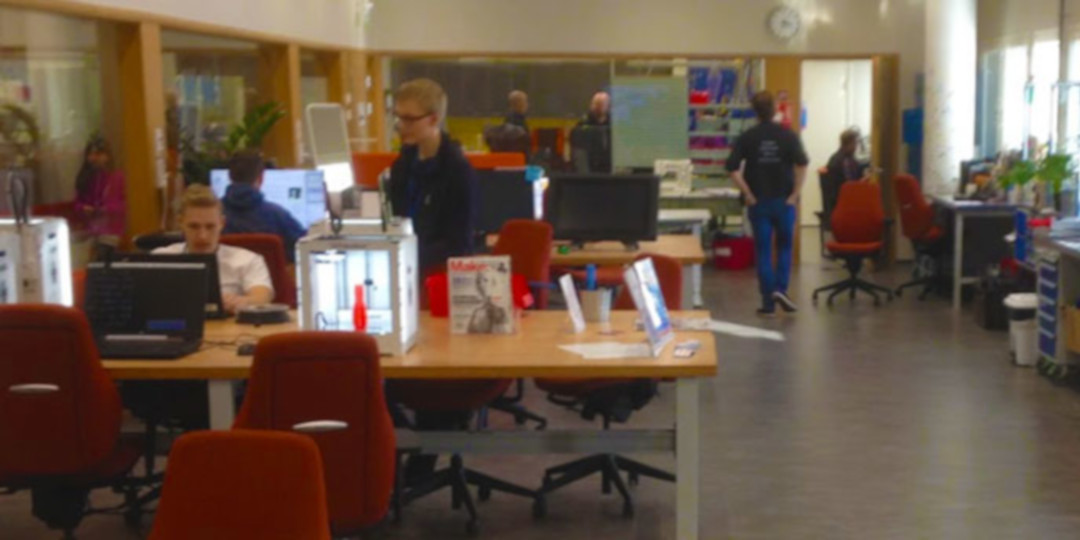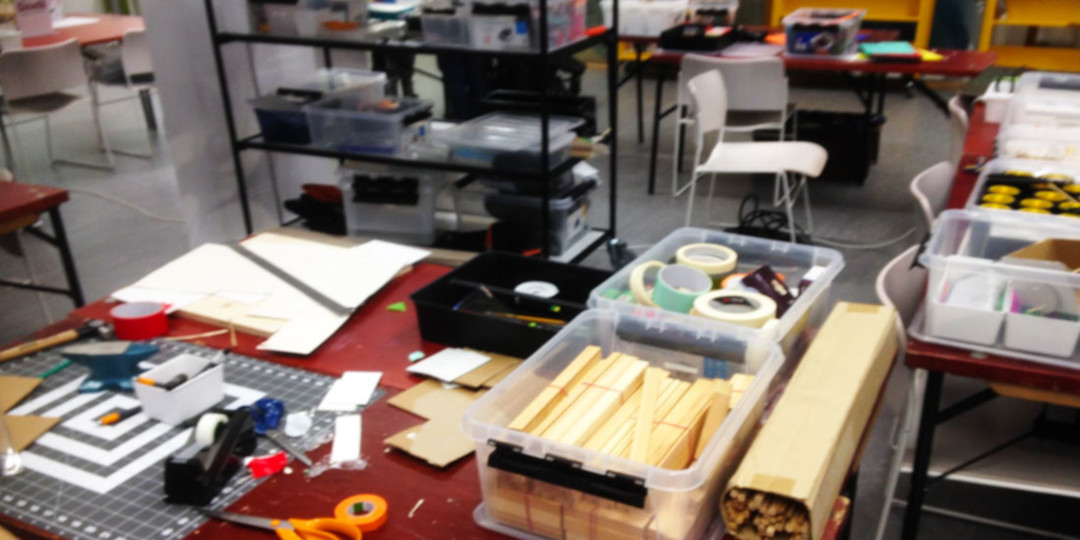You might already be familiar with Finland's reputation for providing high-quality education, but do you know anything about its libraries? US Professor Joshua Pearce is sponsored by Fulbright Finland for research and shares his first impressions of Finnish libraries.
Finland is well respected in educational circles and is consistently found in the top rankings of international education. A large part of their success is driven by respect for teaching and education. Teaching is the most respected profession in Finland with a highly competitive 10% acceptance rate even to get into teaching school.
Knowing that Finnish schools are so good, and education is so prized, it might not be such a surprise that their libraries are also impressive. First, there are a lot of them. In Espoo, a medium-sized city with about 260,000 people, they have 18 libraries, nine of which also act as self-service libraries. Never heard of a self-service library? Finns are both highly educated and very trustworthy, so they have self-service libraries without any staff present outside the opening hours (although the premises are monitored using cameras). In a self-service library, you can borrow and return materials, user computers, read magazines and newspapers, work or have meetings. A free high-speed wireless network is also available. In addition, Espoo has two bookmobiles, “Helmi” and “Välkky”, that visit schools, day-care centers and other areas that have no hyper-local library of their own.
Part of the Iso Omena library’s 3D printing cluster
The permanent libraries have all the things you might expect at a normal library (like books), but they also sport what can only be properly described as makerspaces. Consider, for example, the Iso Omena library, which is oddly (at least from an American perspective) located in the upstairs of a local mall. When you walk in you immediately notice a massive collection of 3D printers merrily humming away. The Finnish library system has embraced educating their patrons about burgeoning technology. This is, or course, smart - they are preparing their citizens for tomorrow. We already know that a data company found that 35% of engineering job listings from a variety of fields, including biomedical, software, and transportation industries, required applicants to be familiar with 3D printing. If you go to the library in Finland you have ample opportunity to become familiar with it.
The Iso Omena library has a bunch of goodies in addition to Ultimaker and Formlabs 3D printers, including: a vinyl cutter, a vinyl printer, photo scanners, laser cutters, sewing machines, laminators, paper cutters, a full woodshop and a complete collection of hand and power tools you can check out like books. They have an easy to use equipment digital booking system and encourage everyone from children to the elderly to come, learn new skills, and work on their own projects in the library. There is even a supply library that specifically targets kid's making projects.
Making supplies available for kids
This is all impressive enough on its own - but here is the mind-blowing part from an American perspective - it is all free. Free as in free library card free. The highly educated taxpayers of Finland have decided that education is a top priority. Public funding of books and learning for all of their citizens--even advanced skills of the future like 3D printing are important enough to them that they have decided that everyone can use them. This means their library users can even 3D print as much as they like for free. This is in stark contrast to the reduced funding that hobbles a startling number of U.S. libraries (theatlantic.com) and even threatens to shut them down completely (everylibrary.org).
It appears obvious that any society that wants to succeed in the highly-skilled technical future had better start following Finland’s lead and provide up-to-date library services for their citizens, perhaps starting with open access to a few 3D printers.

























